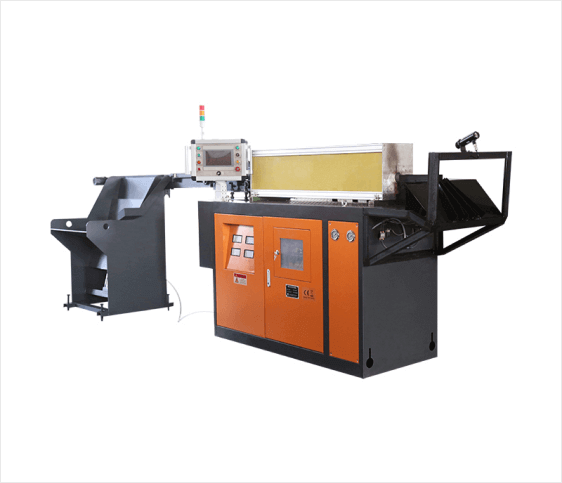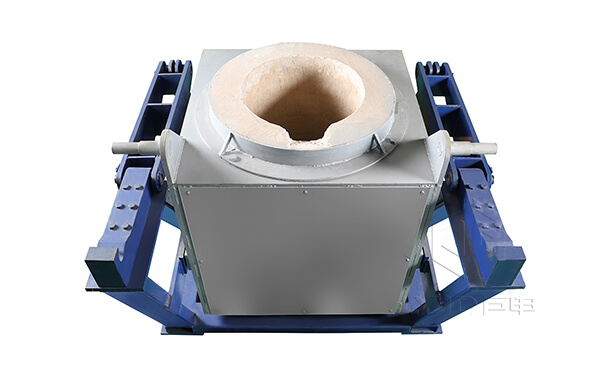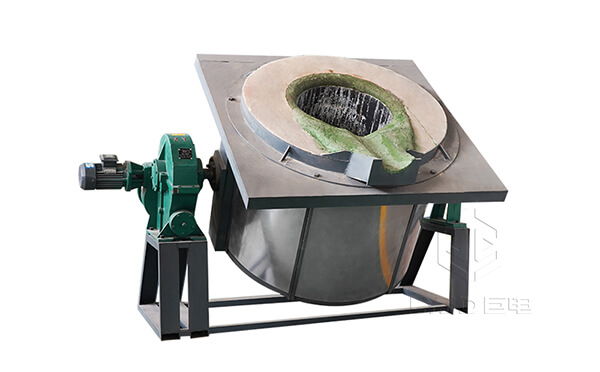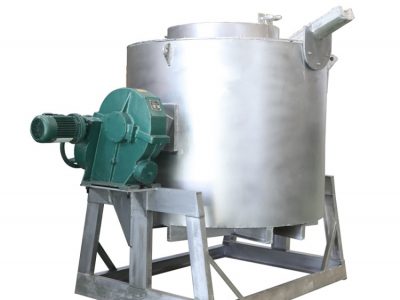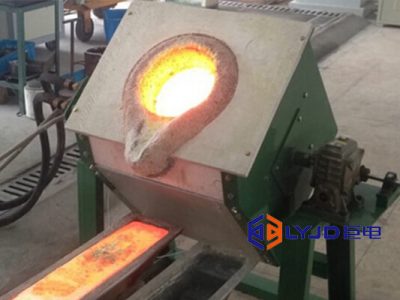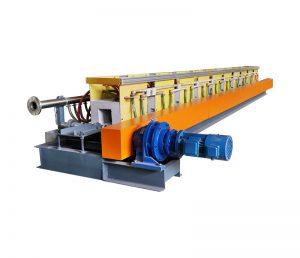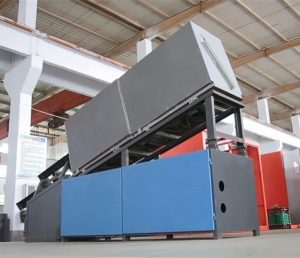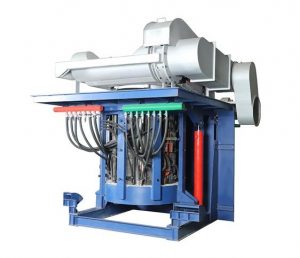The lining material for a metallurgical casting furnace is vital. It determines the working efficiency and the service life of the casting furnace. In this article, we will introduce several common lining materials for metallurgical casting furnaces and how to choose the lining material suitable for the metallurgical casting furnace.
Introduction Lining Materials for Metallurgical Casting Furnace
There are several common lining materials used in metallurgical casting furnaces. Here are the introductions to some commonly lining materials.
Firebricks
Firebricks, or refractory bricks, are made from ceramic materials and widely used in metallurgical furnaces. They offer excellent heat resistance and can withstand high temperatures. Firebricks are available in different compositions, such as silica, alumina, and magnesia, depending on the specific requirements of the furnace.
Refractory Castables
Refractory castables are mixtures of refractory aggregates, binders, and additives that can be poured or cast into place. They are versatile and can be shaped to fit various furnace designs. Castables provide good thermal insulation and mechanical strength. They are often used to line furnace walls, roofs, and other areas subject to high temperatures.
Ceramic Fibers
Ceramic fibers, such as alumina-silica or zirconia-based fibers, are lightweight and have excellent thermal insulation properties. They can be used as linings or as insulation layers in metallurgical furnaces. Ceramic fibers are flexible and can be shaped or layered to fit complex furnace geometries. They are commonly used in combination with other refractory materials.
Refractory Coatings
Refractory coatings are applied as protective layers on the surface of linings to enhance their performance. These coatings are often made from refractory materials such as alumina, zirconia, or silica. They provide additional resistance to chemical attack, thermal shock, and erosion, extending the lifespan of the lining.
Refractory Plastics
Refractory plastics are mixtures of refractory powders and binders that can be molded or troweled into place. They are used for patching or repairing damaged areas in furnace linings. Refractory plastics offer good workability and can be easily shaped to fit specific areas.
Ramming Mixes
Ramming mixes consist of refractory aggregates and binders that are compacted or rammed into place. They are commonly used for furnace bottoms or other areas subject to mechanical impact or abrasion. Ramming mixes provide good resistance to wear and can be easily repaired or replaced.
Key Considerations to Choose Lining Material for Casting Furnace
When choosing a lining material for a metallurgical casting furnace, several factors need to be considered to ensure suitability and optimal performance.
Temperature Resistance
Metallurgical casting furnaces operate at high temperatures. Therefore, the lining material must have excellent heat resistance to withstand the temperatures experienced during the casting process. Refractory materials are commonly used for this purpose, such as various types of firebricks, castables, and ceramic fibers.
Chemical Compatibility
The lining material should be chemically compatible with the molten metal and any fluxes or additives used in the casting process. It should resist chemical reactions and corrosion from the molten metal and slag to maintain its integrity and prevent contamination of the cast metal. Different metals and alloys may require specific lining materials with suitable chemical resistance.
Thermal Conductivity
The lining material's thermal conductivity affects the furnace's energy efficiency and temperature distribution. In some cases, a lining material with higher thermal conductivity may be desirable to promote uniform heating or cooling, while in other cases, a lower thermal conductivity may be preferred to conserve energy and minimize heat loss.
Mechanical Strength
The lining material should possess sufficient mechanical strength to withstand the mechanical stresses and thermal cycling experienced during operation. This is particularly important for the hearth and areas subject to frequent physical impact or abrasion. Dense refractory materials or reinforced linings may be used to enhance mechanical strength.
Thermal Shock Resistance
Metallurgical casting furnaces often undergo rapid temperature changes during operation, which can cause thermal shock. The lining material should have good thermal shock resistance to prevent cracking or spalling due to sudden temperature differentials. Some refractory materials are specifically designed to withstand thermal shock.
Installation and Maintenance
Consider the ease of installation and maintenance when selecting a lining material. Some materials may be more challenging to install or repair, requiring specialized skills or equipment. Additionally, the expected lifespan of the lining material should be taken into account, as frequent repairs or replacements can result in downtime and increased costs.
Summary
It is advisable to consult with refractory experts or suppliers who have experience in metallurgical applications to determine the most suitable lining material for your specific casting furnace, considering the type of metal being cast, furnace design, operating conditions, and other relevant factors.
Luoyang Judian is a professional manufacturer of induction melting furnaces. We are very glad to help you choose the suitable lining material for your metallurgical casting furnace. Of course, if you have any other questions about the induction melting furnace or metallurgical casting furnace, just let us know.
